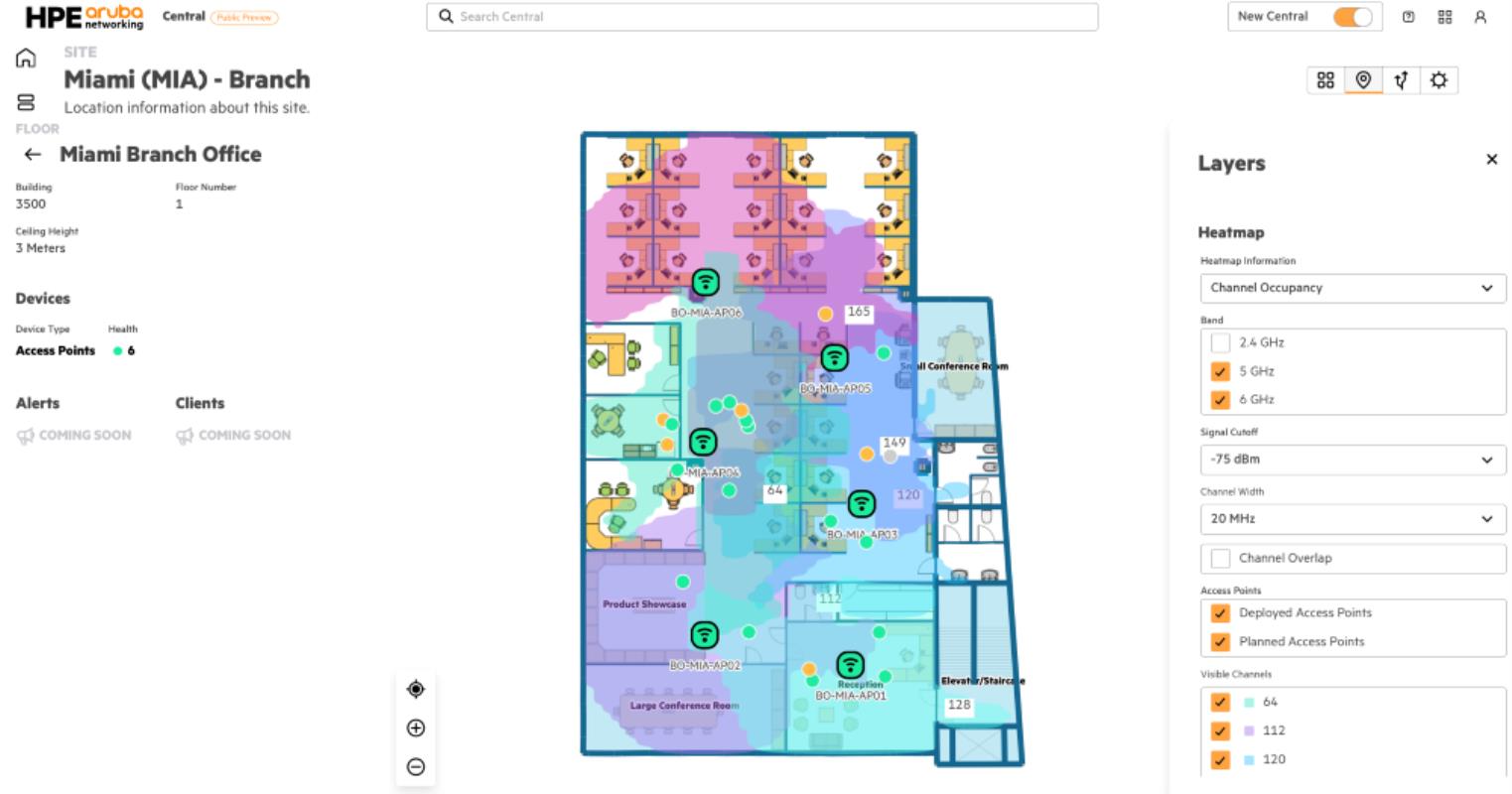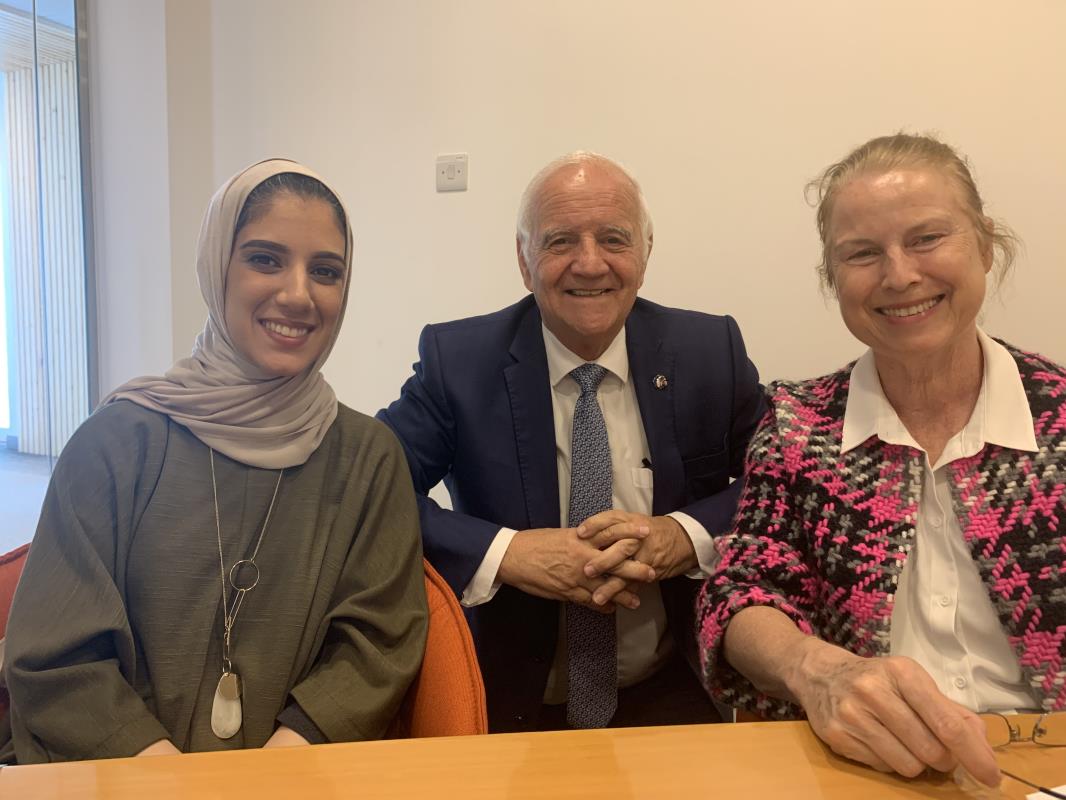Over the past 50 years, more than 11,000 disasters have been attributed to weather, climate and water-related hazards involving 2 million deaths and US$ 3.6 trillion in economic losses.
While the average number of deaths recorded for each disaster has fallen by a third during this period, the number of recorded disasters has increased five times and the economic losses have increased by a factor of seven, according to a new multi-agency report.
Extreme weather and climate events have increased in frequency, intensity, and severity as a result of climate change and hit vulnerable communities disproportionately hard. Yet one in three people is still not adequately covered by early warning systems, according to the 2020 State of Climate Services report released on the International Day for Disaster Risk Reduction onOctober 13 .
In 2018, globally, around 108 million people required help from the international humanitarian system as a result of storms, floods, droughts, and wildfires. By 2030, it is estimated that this number could increase by almost 50 per cent at a cost of around US$ 20 billion a year, it says.
The report, produced by 16 international agencies and financing institutions, identifies where and how governments can invest in effective early warning systems that strengthen countries’ resilience to multiple weather, climate, and water-related hazards and provide successful examples.
It stresses the need to switch to impact-based forecasting – an evolution from “what the weather will be” to “what the weather will do” so that people and businesses can act early based on the warnings.
The 2020 State of Climate Services report contains 16 different case studies on successful early warning systems for hazards including tropical cyclones and hurricanes, floods, droughts, heatwaves, forest fires, sand and dust storms, desert locusts, severe winters, and glacial lake outbursts.
“Early warning systems (EWS) constitute a prerequisite for effective disaster risk reduction and climate change adaptation. Being prepared and able to react at the right time, in the right place, can save many lives and protect the livelihoods of communities everywhere,” said World Meteorological Organization (WMO) Secretary-General Professor Petteri Taalas.
“While COVID-19 generated large international health and economic crisis from which it will take years to recover, it is crucial to remember that climate change will continue to pose an on-going and increasing threat to human lives, ecosystems, economies, and societies for centuries to come,“ he said.
“Recovery from the Covid-19 pandemic is an opportunity to move forward along a more sustainable path towards resilience and adaptation in the light of anthropogenic climate change,” Professor Taalas said in a foreword to the report.
The 2020 State of Climate Services report provides a basis for understanding how to strengthen protections for the most vulnerable, including through mechanisms such as the Climate Risk and Early Warning Systems (CREWS) initiative, which together with l’Agence Francaise de Développement, provided funding for the report.
The report was coordinated by WMO and contains input from 16 different international organizations - l’Agence Francaise de Développement; Adaptation Fund; Climate Policy Initiative; Climate Risk and Early Warning Systems initiative; Food and Agriculture Organization of the United Nations; Group on Earth Observations; Green Climate Fund; Global Environment Facility; International Federation of Red Cross and Red Crescent Societies; Risk-informed Early Action Partnership; United Nations Office for Disaster Risk Reduction; United Nations Development Programme; World Bank Group and it's Global Facility for Disaster Reduction and Recovery; World Food Programme; the World Health Organization – World Meteorological Organization Climate and Health Office, and WMO.
More is needed for recovery
An increase in climate-related disasters indicates that upscaling of adaptation investment across the board is required, including specifically in reducing weather-water and climate-related risks through investments in improving access to risk information and multi-hazard early warning systems enhancement.
The good news is that climate finance has reached record levels, crossing the US$ half-trillion mark for the first time in 2017-18. Action still falls far short of what is needed under a 1.5˚C scenario, however. Estimates include that US$ 180 billion will be needed annually for the period 2020-2030, as suggested by the Global Commission on Adaptation.
And despite annual tracked climate finance reaching the half-trillion-dollar mark for the first time in 2018, adaptation finance is only a very small fraction (5 per cent) and financing for risk information and early warning systems is only a fraction of that.
Strategic Recommendations
The report makes six strategic recommendations to improve the implementation and effectiveness of early warning systems worldwide:
1. Invest to fill the early warning systems capacity gaps, particularly in African LDCs and SIDS.
2. Focus investment on turning early warning information into early action.
3. Ensure sustainable financing of the global observing system that underpins early warnings.
4. Track finance flows to improve understanding of where these resources are being allocated in relation to EWS implementation needs and what impact this is having.
5. Develop more consistency in monitoring and evaluation to better determine early warning systems' effectiveness.



























































































